When insuring your vehicle, it’s important to choose coverage that truly meets your needs. Two commonly misunderstood options are gap coverage and the 43 endorsement. While both protect your vehicle investment, they serve very different purposes. Let’s break them down so you can make an informed decision.
What is Gap Coverage?
Gap coverage, or Guaranteed Asset Protection, is designed for drivers who owe more on their vehicle loan or lease than the car is worth. In the event of a total loss (like theft or a severe accident), your auto insurance typically pays the vehicle’s current market value. If this amount is less than what you still owe on your loan or lease, gap insurance bridges that difference.
Example:
- You owe $30,000 on your car loan.
- Your car’s current market value is $25,000.
- Without gap insurance, you’d still owe $5,000 out of pocket.
Gap coverage ensures you’re not left paying the balance on a car you no longer have, making it ideal for newer vehicles with steep depreciation or for drivers with long loan terms.
What is the 43 Endorsement?
The 43 endorsement, also known as Limited Waiver of Depreciation, applies to the value of your vehicle itself, rather than your loan or lease. If your vehicle is written off or stolen, this coverage ensures your insurer reimburses you based on the original purchase price or manufacturer’s suggested retail price (MSRP)—not the depreciated value.
Example:
- You bought your car for $40,000, but after two years, its market value drops to $30,000.
- Without a 43 endorsement, your payout is $30,000.
- With a 43 endorsement, you’re reimbursed the full $40,000.
This coverage is typically available for new vehicles and lasts for a set period (e.g., 24 to 60 months). It’s especially beneficial for drivers who want to avoid losing out due to depreciation.
Key Differences Between Gap Coverage and 43 Endorsement
1. What They Protect:
Gap Coverage: Protects the balance on your loan or lease.
43 Endorsement: Protects the value of your vehicle.
2. Who Benefits Most:
Gap Coverage: Ideal for leased vehicles or loans with low down payments and long terms.
43 Endorsement: Best for those who own or finance a new vehicle and want to avoid losing out to depreciation.
3. Eligibility:
Gap Coverage: Typically for leased or financed vehicles.
43 Endorsement: Usually applies to brand-new or nearly new vehicles and is time-limited.
Do You Need Both?
In some cases, you may benefit from both coverages. For example:
If you’re leasing a new car, gap insurance protects your loan balance, while the 43 endorsement ensures you get reimbursed for the full purchase price if your car is totaled.
If you’re unsure which option is best for your situation, speaking with an insurance advisor can help you make the right decision.
_
Both gap coverage and the 43 endorsement provide valuable protection, but their purposes differ significantly. Choosing the right coverage depends on your vehicle, financial situation, and priorities.
At Duliban Insurance, we’re here to guide you through your options and ensure you’re fully covered, no matter what happens. Contact us today for a personalized review of your auto insurance policy and let us help you protect your ride with confidence.











